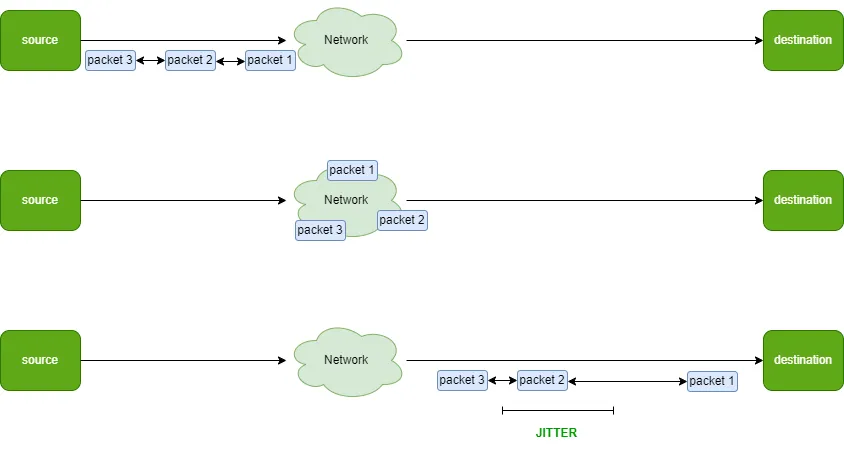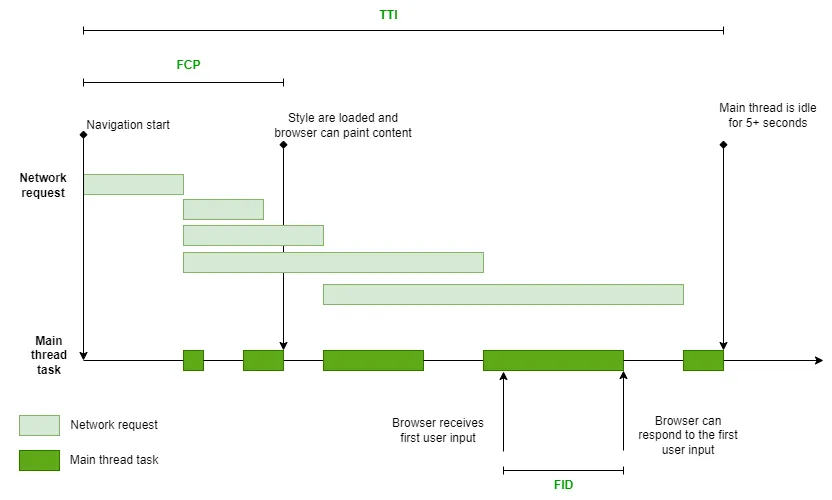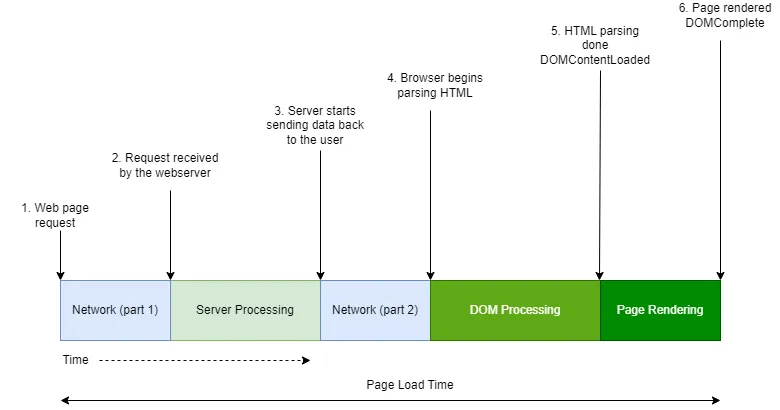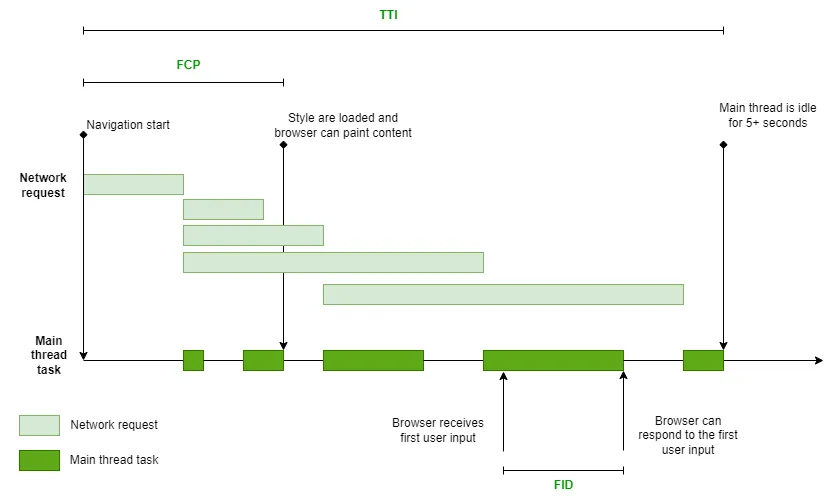In the complex world of network monitoring, two terms frequently emerge as critical metrics: latency and jitter. These factors play a pivotal role in the performance of digital services, especially in interactive applications. This blog post explores the nuances of network latency and jitter, their impact on user experience, and the importance of effective monitoring.
Understanding network Latency
Latency in networking is the duration a packet takes to traverse from its source to the destination. It’s a vital metric for digital services, particularly for applications requiring real-time interaction, such as voice and video communications. High latency, noticeable at around 150ms, can significantly degrade the user experience in these applications. Latency can be measured as one-way or round-trip (RTT), each providing insights into network performance.
The importance of Jitter in networking
In a perfect networking scenario, packets travel from a source to a destination without experiencing any loss, maintaining their original sequence, and adhering to consistent intervals.

In practice, the journey from the source to the destination can be filled with obstacles. Network congestion, for instance, might surface, causing packet loss, introducing extra delays, or even triggering spontaneous route alterations. Consequently, packets may arrive at the destination in fragments or, at times, in an incorrect sequence!
Jitter refers to the variability in time delay between consecutive packets arriving at a destination. It becomes a critical factor in voice and video communications (like Microsoft Teams, Zoom, Google Meet, Jitsi), where a jitter above 20 to 30ms can adversely affect the quality. While TCP-based applications can adapt to some level of jitter, interactive applications require more stable network conditions. Techniques like buffering can mitigate jitter, but they introduce additional latency, presenting a trade-off.

Latency and Jitter: key metrics for digital services
Network latency is a primary driver of performance for all digital services, making its monitoring essential. Jitter, while complex to measure, is crucial in high-interactive applications like videoconferencing. Understanding and monitoring these metrics, particularly in public and hybrid networks, is key to identifying and addressing the root causes of performance issues.
Conclusion
Effective monitoring of network latency and jitter is indispensable in today’s digital landscape. By keeping a close eye on these metrics, network engineers can ensure optimal performance of digital services, providing a seamless and high-quality experience for users in interactive applications.
Check out how Mugnsoft can help you monitor easily latency and jitter.









